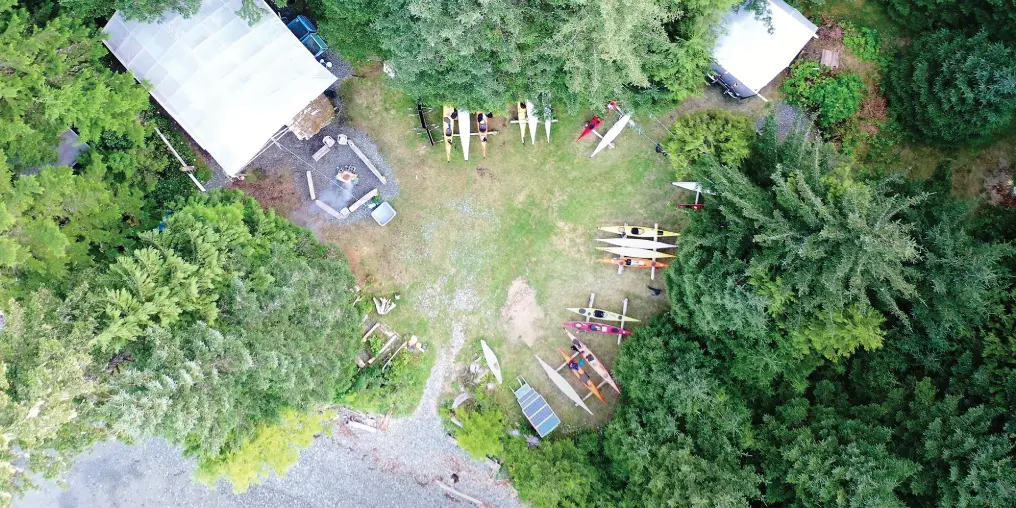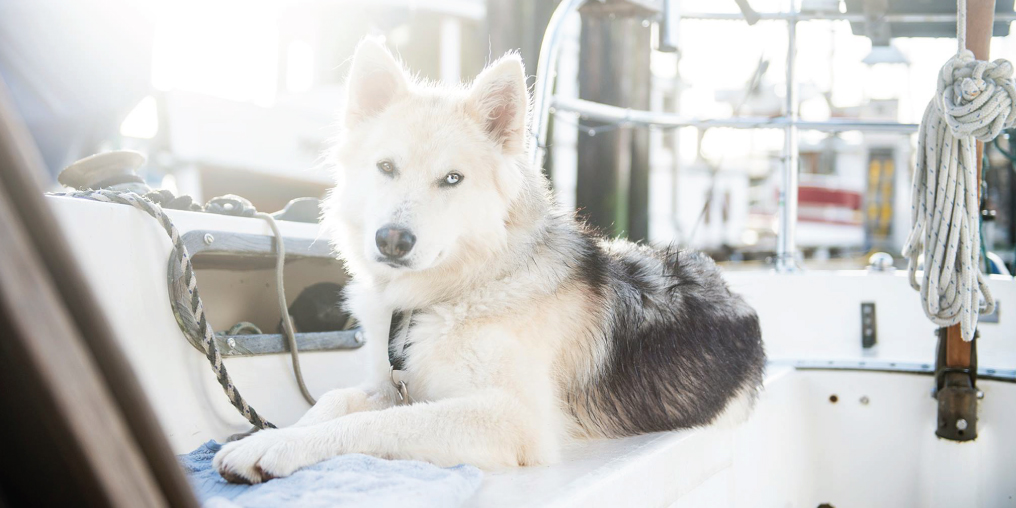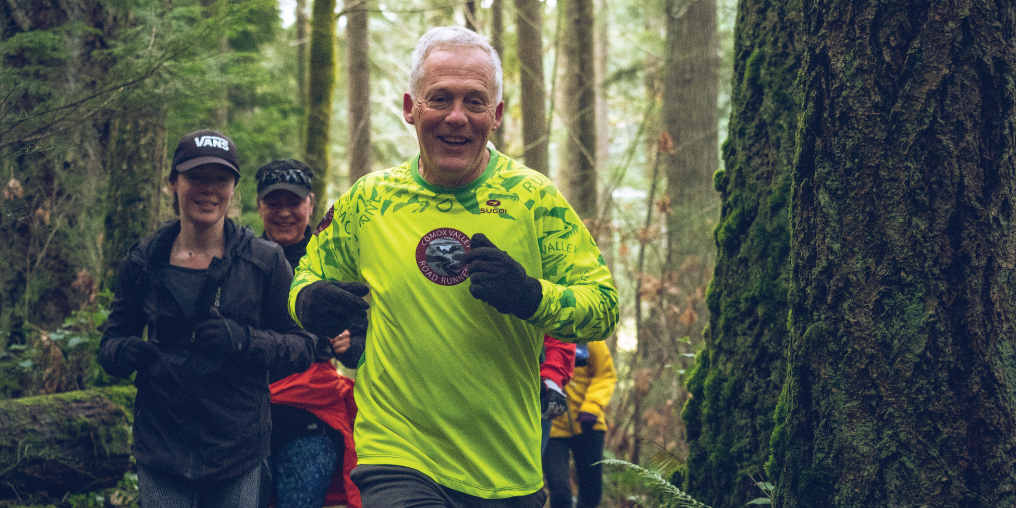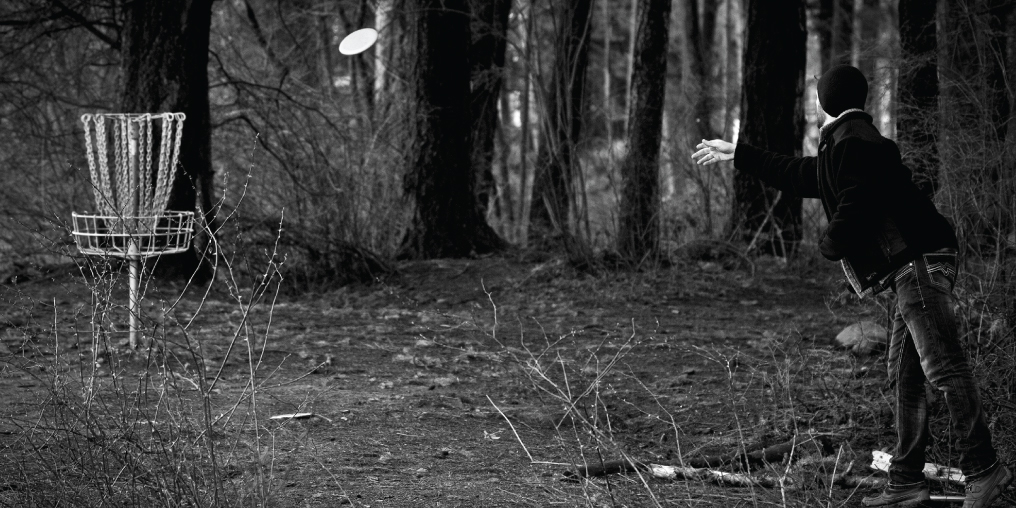To the casual observer, Gene Wey is a glass-full-to-the-brim kind of person. When a doctor told him he would never walk again—three hours after crashing his mountain bike—he didn’t get depressed or angry. “I was immediately thinking about what’s next,” he says.
But Wey insists he’s not an optimist—he’s a realist. When the accident happened, he was a month into an engineering degree at the University of Victoria. He’s now a mechanical engineer working remotely and living in Cumberland, a community he and his wife chose because he could roll in his wheelchair wherever he needed to go—including right into the trail network.
“Engineering is about problem solving,” he continues. Whether it’s work or life, “I ask, ‘Is it really a problem?’ If it is, I’m looking for the easiest solution.”
This focus on creative and simple answers enables Wey to continue pushing where he can go. It’s also the reason why Cumberland is home to an increasingly accessible trail network.
Just a couple months before his accident, Wey had been watching wheelchair athletes racing at the 2000 Sydney Paralympics. “What’s next?” became racing wheelchairs on the track and road. He even competed at the Canada Games.
Wey’s real goal was to get back on the mountain bike trails. The extra friction of dirt and steep hills makes pushing a wheelchair on trails impossible. Hand pedals with gears are the tool of choice. In the early 2000s, the hand-crank adaptive bikes available were recumbent and uncomfortable. “I could only ride three or four kilometres before I was tired and sore,” Wey says.
Technological improvements
The technology improved and Wey can now ride for more than 40 kilometres on his Bowhead Rogue handcycle. Made in Calgary, the Rogue looks like a cross between a mountain bike and something out of Mad Max. Suspended between three mountain bike tires are a bucket seat, burly shocks, disc brakes, and a hand-crank system with an electric assist (like e-mountain bikes have). Underneath is an articulating axle that keeps the seat level, which allows Wey to ride off-camber and uneven terrain that would tip a normal three-wheeler.

Despite the improvements, Wey still has to explore new trails carefully. Unlike a bipedal cyclist, when he arrives at a feature he can’t ride, he can’t just get off and walk. Instead, he relies on the support of two or three able-bodied riding buddies to lift him over obstacles.
“I have a rule—which I break all the time—that I have to ride a trail three times with support before I can ride it alone,” he says.
Trail pinch points
After Wey moved to Cumberland in 2021, he found he could ride five or six trails (of the more than 250) by himself. And it was mostly in isolated chunks: a section of trail here, another short bit there, and lots of logging road in between. Plenty more trails would be rideable except for one or two features: a narrow bridge, a couple stumps creating a pinch point, a mid-trail rock.
“That one feature negates Gene riding that entire trail,” says Dougal Browne, the executive director of the United Riders of Cumberland (UROC), the non-profit that manages and maintains the Cumberland trail network. Soon after he moved to Cumberland, Wey attended a UROC meeting and asked about building adaptive trails.
“It took no convincing to know we had to do this,” says Browne. Since starting in the position in 2019, he had been working on unifying the individually built trails into a system of cohesive loops and zones. Plus, UROC’s mandate is to manage the trails for all non-motorized users, not just the mountain bikers who built them.
UROC’s creative edits for adaptive riding
Wey and Browne identified a loop of intermediate trails that would be ideal for adaptive riding. Wey sent Browne waypoints for the impassable features and UROC’s paid trail crew creatively addressed these “edits” as they did their usual maintenance work.
“We had to be careful,” says Browne. “We didn’t want to change the trails in such a way that they lost their character.” Most riders never notice the missing stump or the slightly wider bridge deck. Those who complain about losing a beloved feature usually change their tune once they hear the reason why, says Browne. Wey can now ride more than 50 trails covering 45 kilometres, and those numbers will continue to grow. Most new UROC-built trails will be wide enough for adaptive bikes, and volunteer builders are on board, too. Gord Nettleton and Al Munday, two prodigious volunteers, met Wey on the trails and started riding with him.
“When I saw him enjoying riding as much as we do, I thought it was such a shame he was not able to ride everything,” remarks Munday.
Wey-friendly trails
Now they focus most of their building efforts on making Wey-friendly trails.
“One stump that’s blocking Gene might take me 10 minutes with a power saw to get rid of,” Nettleton says. “That’s nothing to me.” And it makes the trail network more inclusive for everyone, whether they’re a new mountain biker, a dad pushing a stroller, or the growing number of adaptive riders.
It’s enough to make even a realist emotional. “It’s heart-warming to see how much people are into it and want to help,” Wey says.





